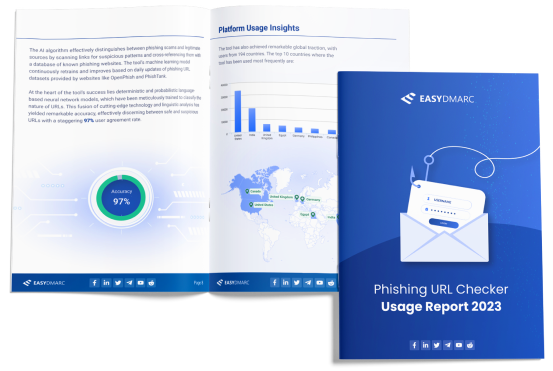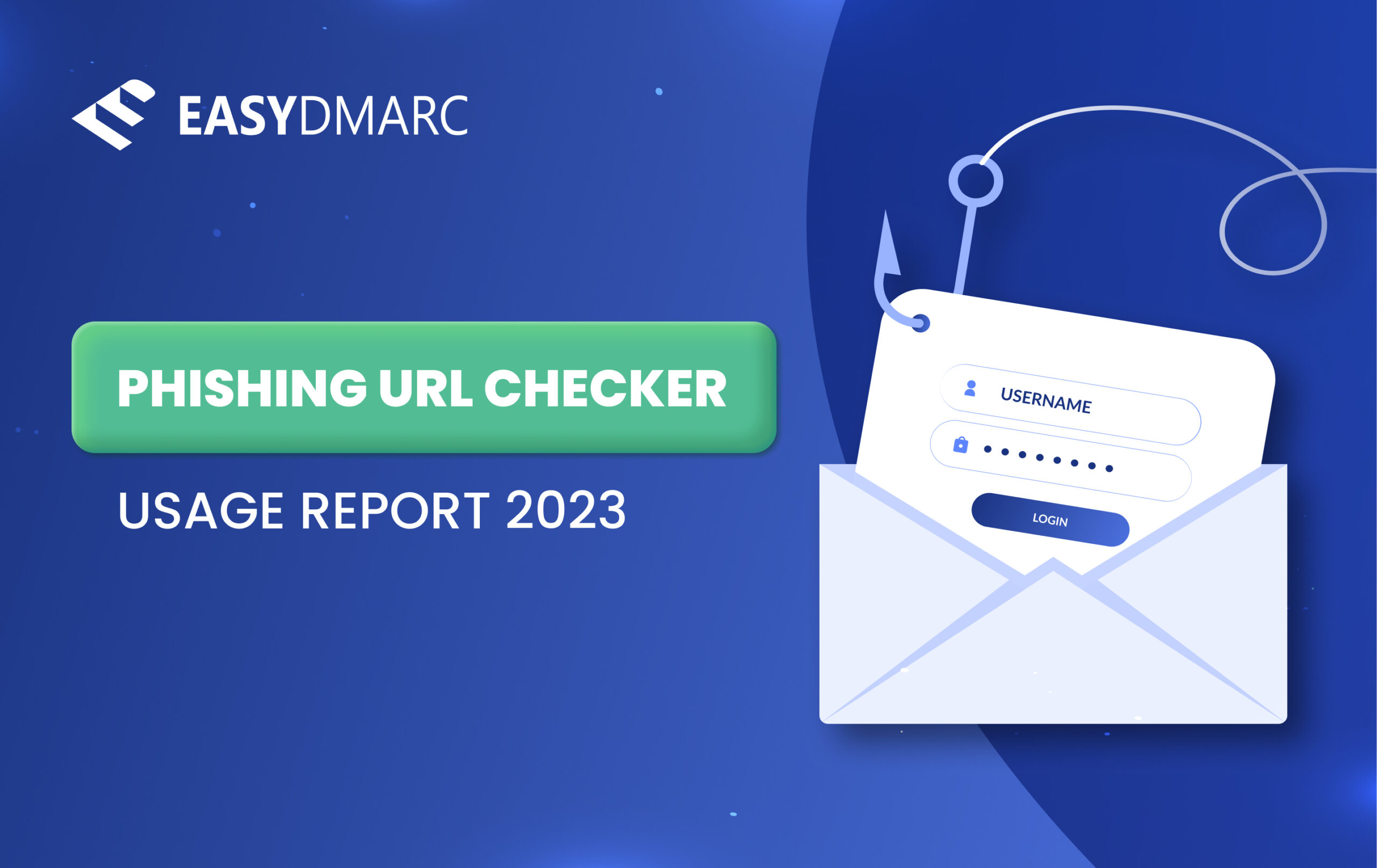Phishing attackers continually refine their tactics of creating deceptive online traps, making it difficult to detect and neutralize malicious websites. While artificial intelligence has shown promise in combating this threat, the sheer volume and adaptability of phishing sites continue to test the limits of existing tools.
This blog post explores the persistent challenges posed by AI-based phishing website detection, delves into the crucial role of human behavior in cybersecurity, and discusses the accuracy of current detection tools.
The Challenges of AI-based Phishing Website Detection
The creation of phishing websites continues to be a persistent and evolving problem. Attackers constantly find new ways to create convincing fake websites to trick unsuspecting individuals into divulging sensitive information. While efforts have been made to develop AI-based tools like OpenPhish, PhishTank, and others to detect malicious websites, the sheer volume at which these sites are created can overwhelm detection systems. According to DataProt, a phishing website is created every 11 seconds, highlighting the alarming pace at which cybercriminals deploy these deceptive online platforms.
To evade detection, phishers often employ a range of tactics. They use automated tools to exploit vulnerabilities in content management systems or hosting services, enabling them to swiftly deploy malicious websites. They frequently modify and obfuscate their websites, altering URLs, using URL shorteners, and using various evasion techniques to give an air of legitimacy to these fraudulent sites. This constant adaptation makes it difficult for AI-based tools to keep pace.
Phishing attackers are also known to leverage zero-day vulnerabilities in web browsers and web technologies. When they discover a new vulnerability, they exploit it to create undetectable malicious websites until it is patched. They go to great lengths to closely mimic legitimate sites, meticulously copying visual designs, logos, and content, which is highly effective in deceiving both AI-based tools and human users.
Despite their effectiveness, phishing websites typically have a short lifespan. Once detected, they’re often promptly taken down. Nevertheless, attackers persistently register new domains and launch new campaigns, leading to a rapid turnover that poses a significant challenge for detection systems.
The Human Factor
This continuous improvement of methods and the use of advanced tactics and tools to avoid detection makes it a constant cat-and-mouse game for security professionals. Ultimately, the human factor is the weakest link in cybersecurity. While technology and tools are essential components, human actions, behaviors, and decisions are crucial in enhancing or compromising the security of an organization’s systems and data. Phishing attacks, in particular, capitalize on human emotions and psychology to override rational judgment.
People tend to trust familiar logos and authoritative language, making them more likely to fall for phishing emails that appear to come from reputable sources. These deceptive messages often employ tactics like curiosity or fear to elicit a response. When faced with such emotions, individuals may click on links or download attachments without taking the time to verify the source.
This vulnerability is compounded by the fact that not everyone is tech-savvy, and many people may not fully understand how phishing attacks work or how to identify them. In a busy work environment or during a stressful situation, individuals may not prioritize careful scrutiny of emails or messages, which phishers exploit by creating urgent or time-sensitive scenarios that pressure people into making hasty decisions. As a result, people may skim through emails without reading the content thoroughly or checking for red flags.
Even with training and awareness, it takes more than being attentive and well-informed to avoid falling victim to email phishing attacks. To withstand the advanced techniques used by attackers, there’s a need for equally advanced tools trained in detecting what the human eye can’t.
The Accuracy of Existing Phishing URL Detection Tools
Phishing website detection using AI models and machine learning algorithms has made significant strides in recent years. While the existing tools hold promise, they still face challenges and limitations, and their accuracy can vary depending on several factors.
Some of the reasons why such tools may have low accuracy are rapidly evolving phishing techniques, limited and biased training data, feature extraction challenges, imbalanced data, and contextual nuances. Improving the accuracy of AI-based phishing URL detection models requires ongoing research and development. This includes training on larger and more diverse datasets, incorporating real-time threat intelligence, and implementing machine learning techniques to detect new and previously unseen phishing threats.
EasyDMARC’s Phishing URL Checker
EasyDMARC’s Phishing URL Checker seamlessly employs advanced machine-learning algorithms to identify potentially malicious links, reducing the risk of accidental clicks that could result in compromised personal information. It extracts all URLs from emails copied and pasted into the dedicated field, assesses their authenticity, and marks them as Clean or Suspicious within seconds.
At the heart of the tool’s success lies deterministic and probabilistic language-based neural network models, which have been meticulously trained to classify the nature of URLs. Its machine learning model continuously retrains and improves based on daily updates of phishing URL datasets provided by websites like OpenPhish and PhishTank. This fusion of cutting-edge technology and linguistic analysis has yielded remarkable accuracy, effectively discerning between safe and suspicious URLs with a staggering 97% user agreement rate.
Platform Usage Insights
We’ve compiled a year’s worth of data gathered through EasyDMARC’s Phishing Intelligence Platform since its release in April 2022 and created an industry report to guide you through the intricacies of the anatomy of phishing attacks. The report delves deep into a comprehensive analysis of malicious URLs while providing in-depth explanations of the tool’s functionality.



